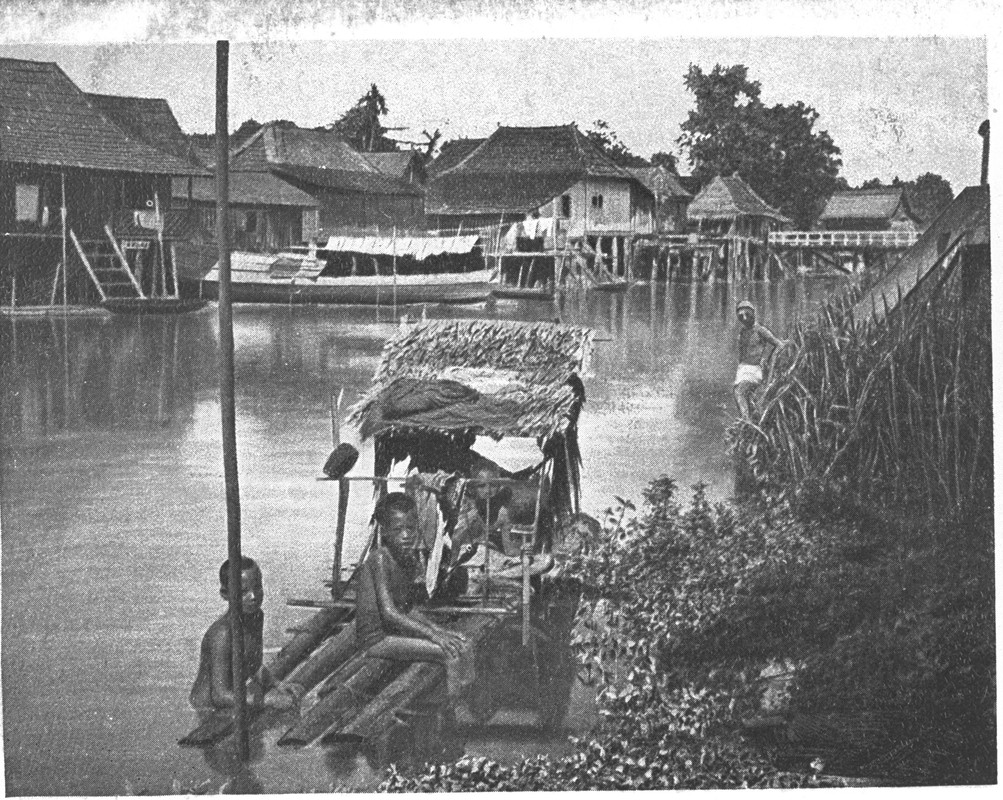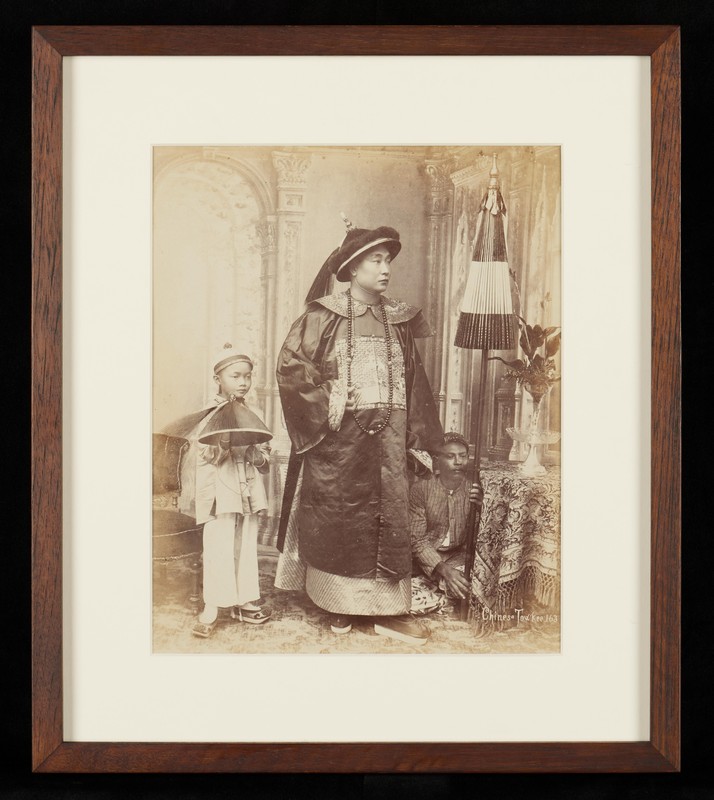The Henghua people in Singapore
Singapore’s Chinese community is composed of different dialect groups, the main ones being Hokkien, Cantonese, Teochew, and Hakka. Since the founding of modern Singapore in 1819, the combined population of these four major dialect groups has accounted for 90% of the total Chinese population in Singapore. There are also smaller dialect groups including Hainanese, Foochow (Hockchew), Henghua (Hinghwa), Futsing (Hockchia), and Guangxi. In 1911, the Henghua population accounted for 0.9% of the total Chinese population, which increased to 1.0% in 1947, but then decreased to 0.7% in 1980. Despite their small number, they have made significant contributions to Singapore’s economic development and social progress.
As late as 1931, the Henghua people still did not have a separate classification under dialect groups in the census reports. Due to their small population size, they were often registered as Hokkien or categorised as “Others, Not Specified” within the Chinese ethnic group. The migration of Henghua people to Singapore came several decades later than that of the Hokkien, Cantonese, Teochew, and Hakka groups, and their numbers were not substantial. In 1911, the Henghua population in Singapore was only 1,932 people. There were two main reasons for the late arrival of the Henghua people to Singapore. First, their hometown of Putian in the South Chinese province of Fujian lacked good harbours, making overseas migration difficult. Also, the population there was primarily engaged in subsistence farming or fishing activities before migrating to Singapore, and had limited commercial connections with various Southeast Asian regions. The motivation behind the Henghua people’s migration was to improve their own and their family members’ lives, with the hope of returning to their homeland after several years of hard work and savings. However, the majority of these immigrants eventually settled in Singapore. In the early days, Henghua immigrants mainly settled in areas such as Rochor Canal Road, Sungei Road, Weld Road, Arab Street, Ban San Street, and Queen Street. The vicinity of Rochor Canal Road was a central area for the rickshaw industry at the time.
Henghua people and the rickshaw industry
The Henghua people dominated industries and services related to bicycles, automobiles, tram parts, and land transportation. This was not an inevitable historical development. Before this, the Henghua people had no connection to these industries. Their involvement with local land transportation became closely tied to the rise of the rickshaw industry. In 1880, rickshaws were introduced in Singapore. Prior to this, the primary modes of land transportation in Singapore were horse-drawn carts and bullock carts, mainly operated by Hokkien and Cantonese people. Rickshaw pullers were labourers with low incomes, and subjected to high physical demands. The profession was considered humble. Despite this, the rickshaw industry provided the incoming Henghua immigrants with job opportunities under the principle of “picking up what others discard”. The vast majority of rickshaw pullers had little income left after deducting basic living expenses. Like some of the early Chinese immigrants, some rickshaw pullers fell into vices such as visiting brothels, gambling, and smoking opium. Only a small portion of Henghua individuals were able to manage their households frugally and initiate preliminary capital accumulation, which provided them with the opportunity to engage in business. As time progressed, the business activities of the Henghua people in land transportation expanded beyond rickshaws to include tricycles, bicycles, mopeds, cars, taxis, and other related industries. In the 1970s, the Henghua community further diversified into sectors such as finance, banking, real estate development, food and beverage, and insurance.


Henghua community associations
To uphold and advance the interests of their community, Henghua immigrants in Singapore also established numerous associations based on geographical, kinship, occupational, religious, culture recreational, and educational affiliations. Between 1920 and 1990, the Henghua community established various locality associations, including the Hin Ann Huay Kuan, Phor Tiong Kok Peng Association, Singapore Hock Po Sian Association, and Nanyang Putian Clan Association (now the Singapore Putian Association). The Singapore Jiangdou Wang Clan Association is the only Henghua kinship organisation. In terms of trade associations, some of the more significant ones include the Singapore Cycle & Motor Traders’ Association, Singapore Taxi Transport Association, Singapore Bicycle Dealers’ Association, and Singapore Motor Tyre Dealers Association. In terms of religious beliefs, in 1990, the Henghua community had a total of eight religious associations, among which the Kiew Lee Tong Temple gained particularly widespread recognition. Their once-a-decade Decennial Universal Salvation (Fengjia da pudu) event attracted local and overseas scholars who wished to witness and document this rare religious ritual. In the area of education, the Henghua community established Hong Wen School in 1920, which continues to enjoy a good reputation.
Driven by poverty, the Henghua people left their hometowns in search of a livelihood in Southeast Asia in the early years. Most immigrants initially hoped to work overseas for a few years before returning home, but the outcome turned out to be quite different. Because of their late arrival, smaller numbers, lack of commercial connections, and language barriers, the jobs of many early immigrants were limited to lowly occupations — often in the rickshaw industry, which was generally looked down upon. But by the 1970s, after several generations of hard work, the Henghua community had finally achieved respected positions in various economic sectors. Through the establishment of various associations, the community successfully preserved their social customs, traditions, cuisine, and culture, which in turn contributed to its social and economic development.
This is an edited and translated version of 新加坡的兴化人社群. Click here to read original piece.
Cheng, Lim Keak. “The Xinghua Community in Singapore: A Study of the Socio-Economic Adjustment of a Minority Group”. In Chinese Adaptation and Diversity: Essays on society and literature in Indonesia, Malaysia & Singapore, edited by Leo Suryadinata, 28–56. Singapore: Singapore University Press, 1993. | |
Cheng, Lim Keak. Social Change and the Chinese in Singapore: A Socio-economic Geography with Special Reference to Bang Structure. Singapore: Singapore University Press, 1985. | |
Lin, Jumei et al. Xinghuaren yu jiaotong hangye, 1880–1971 [Xinghua people and the transport industry,1880–1971]. Singapore: Department of History, Nanyang University, 1971. | |
Ong, Jason. Hinghwa: The History and Stories of the Hinghwa People. Singapore: Singapore Puxian (Hinghwa) Network, 2022. |










